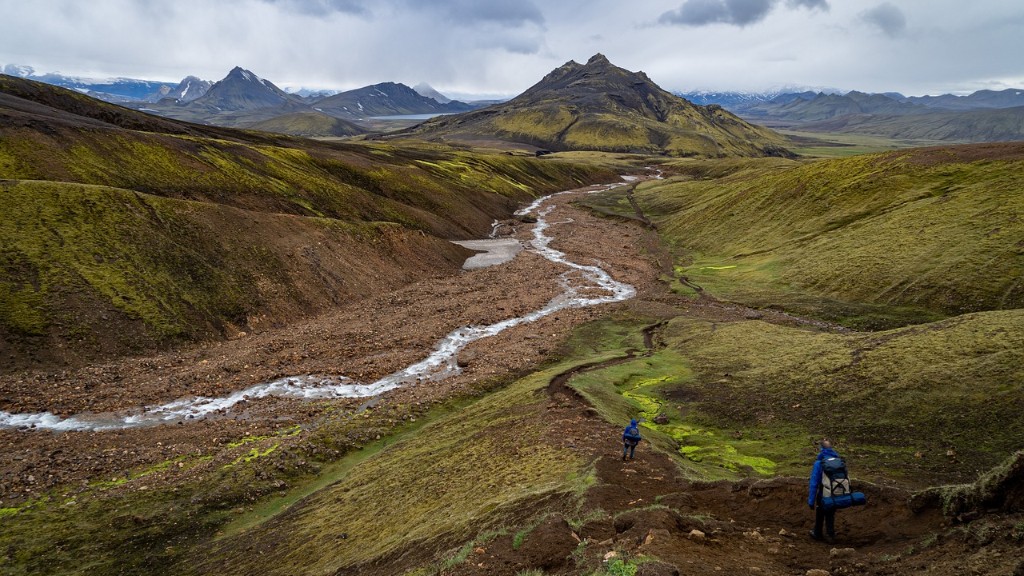Vegetation in the Nile River
The Nile River is the longest river in the world, originating in the African Great Lakes and pouring into the Mediterranean Sea via the delta. It is vital to the people who live in its vicinity due to the fact that it is a primary water source and provides fertile soils. But its importance goes beyond this. The river is also home to a great variety of vegetation, both in the water and along its banks. In this article, we’ll take a look at some of the plants that grow in and around the Nile River.
Aquatic Plants
Aquatic plants make up a significant portion of the vegetation found in the Nile River. These plants are adapted to survive in the harsh conditions of the river’s environment. Common varieties include Water Hyacinth and Vallisneria, both of which play an important role in providing food, oxygen, and shelter to the river’s inhabitants. Water Hyacinths have bright pink flowers that attract both people and birds, and Vallisneria provides a substrate for a range of small organisms. In addition, aquatic plants such as Lobelia and Eichhornia provide stability to the banks of the river, reducing the risk of erosion and soil loss.
Dryland Plants
The banks of the Nile River provide a hospitable environment for various types of dryland plants, including Grasses, Echinops and Acacia trees. Grasses are important because they help reduce soil erosion and absorb excess water. Echinops, meanwhile, can be seen in abundance around the river – these spiky plants provide welcome protection to the local wildlife. Acacia trees, meanwhile, tower above the other vegetation, providing shade, food and safe nesting places for birds and other animals.
Trees
Despite being a predominantly flat area, the Nile River also boasts a number of trees. These include the Acacias mentioned above, as well as other species such as the Date Palm and the Sycamore. Date palms are particularly abundant, providing both food and shelter for the people and animals living in the region. Sycamores, meanwhile, add colour to the landscape and provide food for birds and other wildlife. In addition, some of the trees are used for fuel or timber.
Underground Plants
The Nile River also provides sustenance for a wide range of root and bulbous plants, such as garlic and onions. These are important for both food and medicinal purposes, with their bulbs providing a range of vitamins, minerals and antioxidants. In addition, underground plants such as rushes and sedges provide material for weaving baskets, mats and other crafts.
Weeds and Exotic Species
Despite the wide array of beneficial vegetation, the banks of the Nile River are also home to a range of weeds and exotic species. These include species such as Barley, Oatgrass and Typha, which are not native to the area and can have a detrimental effect on the environment and native species. While these plants can be beneficial in small doses, they can overtake the local environment if left unchecked.
Lakes and Wetlands
The Nile River is also home to a number of lakes and wetlands. These provide important habitats for a variety of wildlife, including fish, birds, frogs and crocodiles. In addition, they are important sources of sediment and nutrients that contribute to the river’s fertile soils. The vegetation found in these wetlands is typically different to that found in the river, with many plant species such as Papyrus, Water Lilies and Reeds growing in abundance.
Environmental Impact
Despite the plethora of vegetation found in and around the Nile River, its environment is under threat from human activities. This includes everything from deforestation and farming, to tourism, pollution and over-fishing. Without proper protection and management, the rich ecosystems of the Nile are under threat of disappearing forever.
The Role of Humans
Due to its significance to the people living in its vicinity, the Nile River has been used as a source of food, water and other resources since ancient times. This is still the case today, with people relying on the river for drinking water and using its fertile soils to grow crops. However, with the threats posed by human activities, it is more important than ever that the local community works together to protect the river and its vegetation.
Conservation
There are a number of organisations dedicated to the conservation of the Nile River and its vegetation. One of these is the Nile Basin Initiative, which works on a number of projects to preserve the river and its habitats. These range from projects to protect endangered species, to efforts to reduce pollution and improve agricultural practices.
Conclusion
The Nile River is home to a great variety of vegetation, both in the water and along its banks. This vegetation plays an important role in the lives of the people who live along the river, providing food, oxygen, shelter and other resources. However, with human activities posing a threat to the environment, it is important that we work together to protect the river and its habitats.


